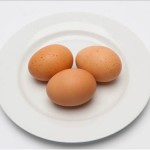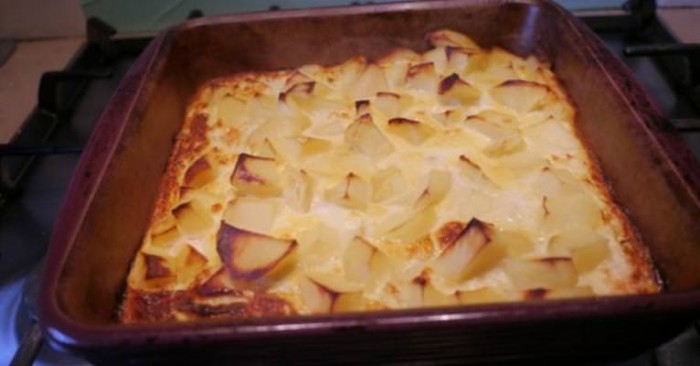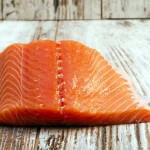Recipe & image supplied by the British Egg Information Service www.eggrecipes.co.uk
A frittata is an egg-based Italian dish. Whether you’re trying to use up a few leftover ingredients in the fridge or simply wanting something quick, simple and delicious, frittatas are an excellent go-to dish for lunch or dinner.
Serve with a delicious mixed salad or some steamed green vegetables.
Skills Check
Follow a recipe; follow food safety & hygiene rules; tidy away; chop using bridge/claw safely; use a vegetable peeler safely; use a hob (with adult supervision); use a colander; beat an egg.
Allergens
Eggs | Fish
(Please note the allergens listed are indicative only. Allergens vary depending on brand; check the labels on the products you use.)
Equipment
Knife, chopping board, saucepan, colander, bowl, fork, frying pan, oven gloves.
Ingredients (makes 4 portions):
- 500g potatoes, peeled and cut into cubes
- 6 large British Lion eggs
- 4 skinless, boneless salmon fillets cut into cubes
- 1 onion, finely chopped
- Pepper, for seasoning
- 1 tbsp olive oil, and a knob of butter for frying
Method
- Boil the potatoes for 8 minutes or until just tender and then drain.
- Meanwhile lightly beat the eggs and stir in the salmon, onion and seasoning. Then add the cooked potatoes.
- Get an oven proof frying pan, add your cooking oil and a know of butter, and place over a low heat.
- Pour in the egg mixture and cook for 8-10 minutes or until it is starting to set.
- Preheat your grill to medium.
- Grill the frittata for 4-5 minutes or until lightly browned and then serve.
So thinking about Salmon & Potato Frittata ...

Salmon is an excellent source of protein, as well as a range of vitamins and minerals. It is an oily fish and so contains high levels of omega-3 fatty acids. These are healthy fats and are very good for our bodies.
Potatoes are a nutritious and filling starchy food; low in fat and a source of vitamin C and fibre.
Nutritional Information
| - | Energy | 1831KJ/438kcal | 22% |
| High | Fat | 23.2g | 33% |
| Low | Saturates | 4.8g | 24% |
| Low | Sugars | 2.8g | 3% |
| Low | Salt | 0.4g | 7% |
per 340g serving
% of an adult's reference intake
Typical values per 100g: Energy 539KJ / 129kcal
Notes
A traffic light system is used on nutrition labels to make it easier to see which foods and drinks are lower in calories, fat, sugar and salt. Try and choose more ‘greens’ and ‘ambers’ and fewer ‘reds’, and stick to smaller portions of ‘reds’.
Just because a recipe or a food has a red traffic light doesn't mean you shouldn't eat it. Understanding why a food or recipe might have a red light can be helpful. For example oily fish is high in total fat and so any recipe containing oily fish is likely to be ‘red’ for fat. But it is recommended that we eat oily fish at least once a week because the type of fat it contains is beneficial for our health.
% Reference Intakes are also shown. Reference Intakes are guidelines about the approximate amount of particular nutrients and energy required for a healthy diet (based on an average-sized woman doing an average amount of physical activity). Most children will require less than these Reference Intakes. The contribution of one serving of a food or drink to the Reference Intake for each nutrient is expressed as a percentage.




